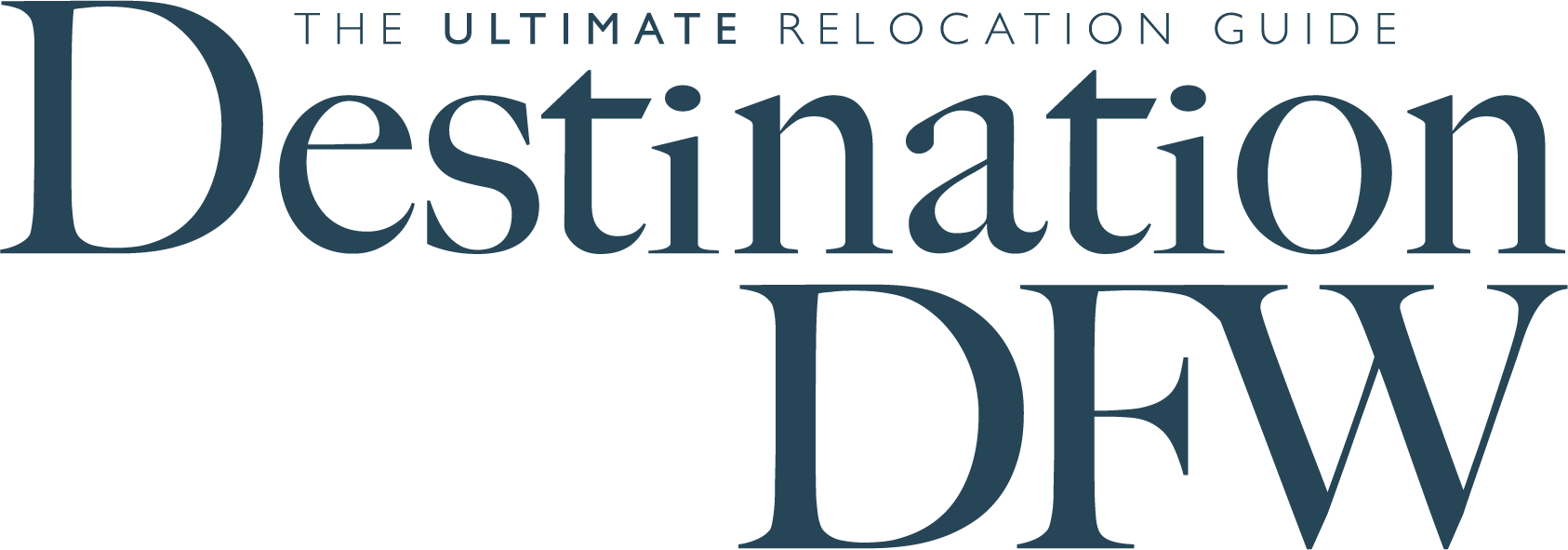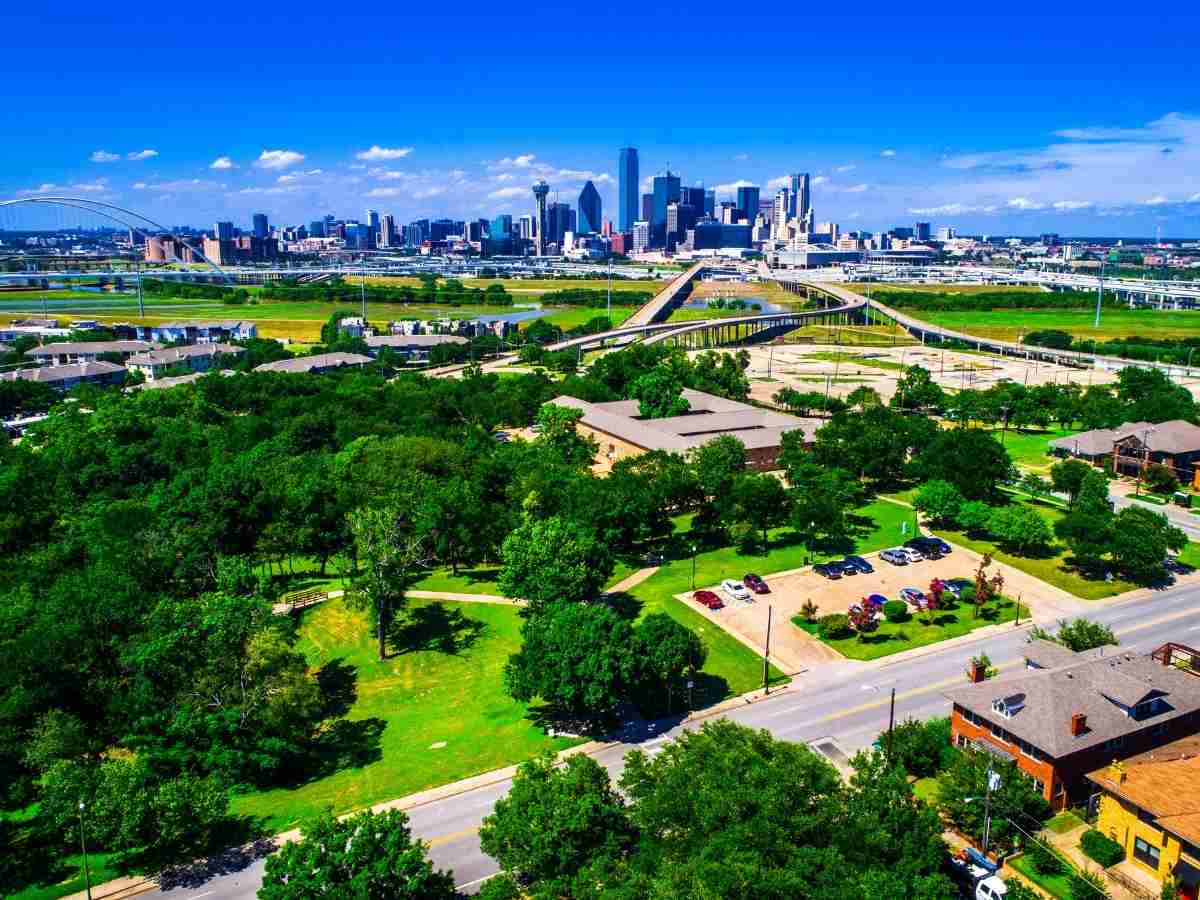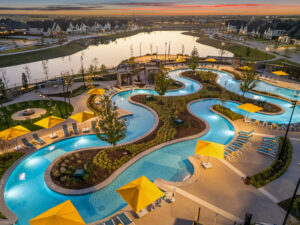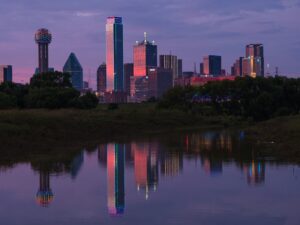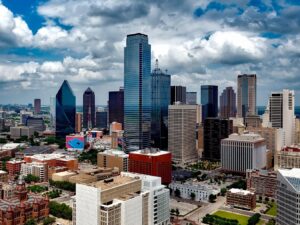As we reach the halfway mark of 2025, the Dallas-Fort Worth (DFW) housing market continues to evolve amid rising interest rates, steady population growth, and ongoing demand for both affordable and luxury housing. If you’re planning to relocate to DFW this year, understanding the latest trends in pricing, inventory, rental rates, and neighborhood dynamics is essential.
Home Prices in DFW: Slower Growth, Stabilizing Market
After several years of double-digit appreciation, home price growth across the DFW metroplex has moderated. In 2025, median home prices have risen about 4% year-over-year—down from the 11% spike in 2023. Cities like Frisco, McKinney, and Southlake remain among the most expensive, with median prices hovering above $600,000, while Fort Worth, Arlington, and Mesquite offer more affordable options with median prices between $280,000 and $350,000.
Mortgage Rates and Affordability
While mortgage rates have steadied around 6.75% in mid-2025, the cost of borrowing remains higher than in the pre-pandemic era. First-time buyers continue to feel the squeeze, particularly in desirable ISD zones and newer master-planned communities. However, incentives like rate buydowns and builder concessions have returned, especially in suburban developments seeking to attract buyers.
Rental Trends: Still Competitive but Calming
The rental market in DFW saw a frenzy in 2022 and 2023, but rents have begun to flatten in 2025. The average rent for a one-bedroom apartment in Dallas is now $1,410, and in Fort Worth, it’s closer to $1,250. Suburbs like Irving, Plano, and Lewisville offer a balance of affordability and amenities. Luxury apartment builds in Uptown, Victory Park, and Legacy West continue to demand premium pricing, though incentives such as free months and reduced deposits are making a comeback.
Hot Neighborhoods for Buyers and Renters
- Frisco and Prosper – New homes, top-rated schools, and strong infrastructure.
- East Dallas (Lakewood, Lower Greenville) – Charm and character with solid appreciation.
- The Colony and Little Elm – Value buys near the 121 corridor with community amenities.
- Near Southside Fort Worth – Urban vibe, access to hospitals, arts and culture.
- Grand Prairie and Mansfield – Family-friendly and conveniently located.
New Construction and Inventory
Builders in DFW are catching up with demand after years of supply chain delays. In 2025, new construction is on the rise—particularly in areas like Celina, Aubrey, and Forney. Inventory levels have increased by 12% compared to last year, offering buyers more options and less competition. Quick move-in homes and customizable floorplans are trending, especially in communities offering trails, pools, and schools onsite.
Tips for Buyers and Renters Moving to DFW
- Act Fast, But Not in a Panic – While bidding wars are less common, quality homes under $450K still move quickly.
- Work with a Local Agent – Especially when navigating school district boundaries and HOA restrictions.
- Plan for Property Taxes – Texas has no income tax but relatively high property taxes; know your exemptions.
- Budget for Commute – DFW’s sprawl means commute times can be a factor depending on where you work.
- Explore Before You Sign – From Deep Ellum nightlife to Frisco’s sports scene, get to know the culture.
Conclusion: DFW Remains a Strong Bet for Relocation
Despite national headwinds in real estate, Dallas-Fort Worth continues to attract newcomers thanks to a diverse economy, expanding job base, and a variety of living environments. Whether you’re renting in Fort Worth or buying in Frisco, 2025 offers a more balanced market with opportunities for strategic moves.
Request your free Destination DFW Relocation Guide here
